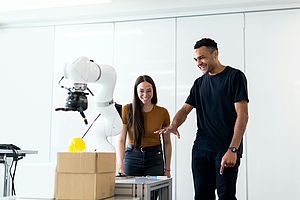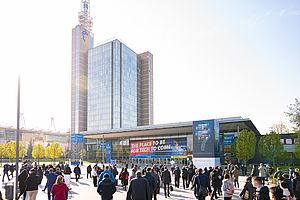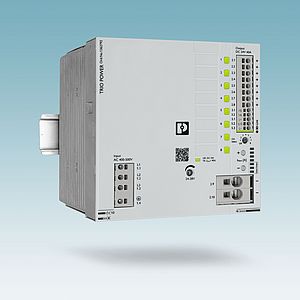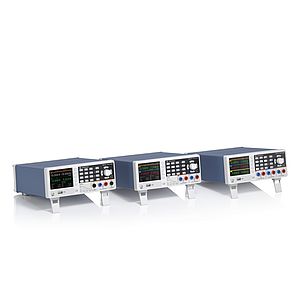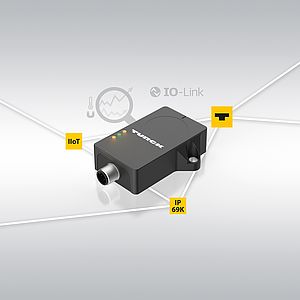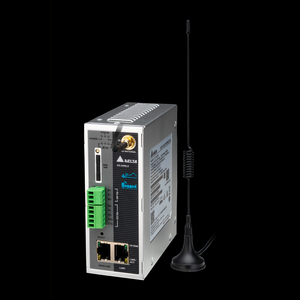Recently, ARC Advisory Group issued a report on robots. They first emerged on the scene in the 1970s and 80s when certain industries in manufacturing, including the automotive sector, introduced robots to automate production systems. Early on, there was a tendency to "automate for automation's sake," and these initial uses of robots in production often were not very efficient or well implemented.
As robots and control system technologies improved, robotic workstations became a standard component of automotive production (52 percent of robot installations in the US) and have moved into other industries, such as high tech and electronics, industrial and heavy equipment production, and other discrete manufacturing industries. Additionally, robots are now common in the food & beverage and pharmaceutical industries for filling, packaging, palletizing, and loading.
Today, robots have moved beyond the production lines and are replacing human workers in warehousing and other human-assist tasks. While robotics has become a fixture in manufacturing and production systems, the technology has reached the point where a new age of robots is emerging. The next generation of anthropomorphic machines will move beyond the factories and warehouses to work beside humans in new capacities. Where robots in the factories were cells of articulated-armed, fast-moving steel machines that had to be caged in controlled production environments to protect human workers; the next generation of robots will be working side-by-side with their human counterparts.






